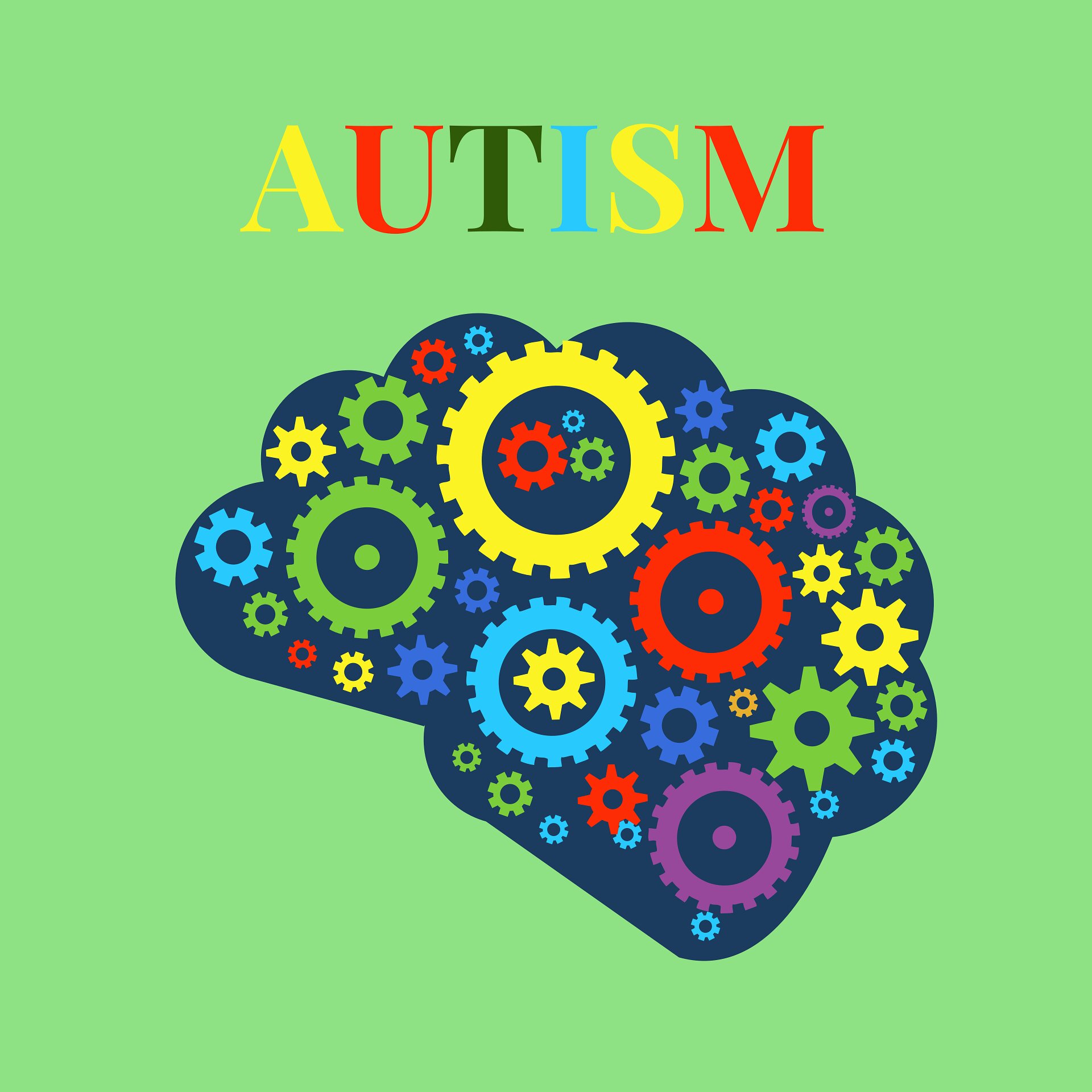Browsing Social Obstacles: Tips for People Coping With Autism
Browsing Social Obstacles: Tips for People Coping With Autism
Blog Article
Discovering Autism: Methods for Reliable Communication and Communication
Efficient communication and communication with people on the autism spectrum require a detailed understanding of their distinct demands and preferences. Methods such as utilizing clear language, using visual assistances, and fostering regular regimens can substantially improve involvement and decrease anxiety. Recognizing the importance of non-verbal signs and shared passions paves the method for meaningful connections. The intricacies of these strategies reveal more factors to consider that merit expedition, particularly in just how they can be adapted to private experiences and varied contexts. What might these adaptations resemble in technique?
Recognizing Autism Spectrum Problem
Autism Range Condition (ASD) includes a variety of neurodevelopmental problems defined by obstacles in social communication, interaction, and repeated habits. The term "range" reflects the varied symptoms and differing degrees of extent experienced by people with ASD. While some may display considerable impairments, others might show high-functioning characteristics, permitting better independence in every day life.
The beginning of ASD typically occurs in very early youth, with indicators often well-known by age two. Early indicators might include postponed speech growth, limited eye contact, and difficulties in understanding social signs. Although the exact etiology of ASD stays uncertain, research study recommends a mix of environmental and genetic aspects plays an essential function in its growth.
Individuals with ASD usually possess special staminas, such as increased interest to detail and outstanding memory skills. Nevertheless, they may deal with comprehending abstract concepts and managing adjustments to regular. Therefore, interventions and support tailored to specific requirements are vital for promoting communication and social abilities. Acknowledging the intricacy of ASD is important for promoting recognition, acceptance, and effective approaches that help with meaningful communications with individuals on the range.

Value of Clear Interaction
Effective communication is important for fostering understanding and link, specifically for individuals with Autism Spectrum Problem (ASD) Clear communication not only helps with social communications but also enhances the person's capacity to reveal their ideas, demands, and feelings. For individuals with ASD, the nuances of language can frequently be challenging; consequently, utilizing straightforward and distinct language is necessary.
Additionally, clear communication helps minimize disappointment and anxiety that might emerge from misconceptions. When messages are communicated in a consistent and direct way, people with ASD are better equipped to analyze details accurately, which can substantially improve their social interaction and engagement in numerous setups.
Developing routines and making use of visual assistances can better boost clear communication. These techniques supply individuals with predictable structures that help understanding and retention of information. In addition, proactively being and listening patient during interactions advertises a helpful setting where individuals with ASD really feel valued and recognized.
Ultimately, focusing on clear communication not only equips individuals with ASD however likewise cultivates more purposeful connections with their peers, caregivers, and the wider community, leading the means for joint relationships and inclusive communications. - autism
Non-Verbal Interaction Methods
Interaction extends beyond words, and for individuals with Autism Spectrum Disorder (ASD), non-verbal signs play a considerable duty in interactions. Non-verbal communication techniques can include faces, motions, body movement, and eye call, all of which function as essential components for sharing intentions and emotions.
Comprehending and analyzing these non-verbal signals can improve interactions with people with ASD. For example, a cozy smile or open pose can develop an inviting ambience, urging engagement. Using visual help-- such as photo cards or symbols-- can bridge interaction voids and help share messages a lot more properly.
It is also important to be conscious of individual space, as people with ASD may have various convenience levels concerning proximity. Observing their responses to physical nearness can inform ideal changes.

Creating Encouraging Settings
Producing an encouraging setting is crucial for cultivating positive interactions and boosting the health of people with Autism Spectrum Condition (ASD) Such environments can substantially decrease stress and anxiety and produce a sense of security, enabling individuals to reveal themselves extra openly.
To accomplish this, it is necessary to consider sensory sensitivities that individuals with ASD might experience. Changing the physical area to include soft lighting, marginal background sound, and comfortable seating can produce a soothing atmosphere. Furthermore, making use of consistent regimens and clear aesthetic routines can assist individuals expect transitions and decrease uncertainty, additional advertising comfort.
Social rooms ought to be structured to decrease frustrating stimuli while providing opportunities for involvement in preferred tasks. Assisting in areas designated for silent time can also act as a refuge during moments of stress. Significantly, incorporating components of option equips people, permitting them to work out company in their environment.

Motivating Social Interactions
Fostering social interactions among people with Autism Range Disorder (ASD) needs willful approaches that prioritize convenience and interaction. Establishing foreseeable routines can help in reducing anxiety, making social setups more friendly. Creating structured environments with specified roles and obligations permits people to engage without the overwhelming pressure of disorganized my site social dynamics.
Integrating interests and strengths right into social tasks can function as a catalyst for interaction. Arranging group tasks around shared hobbies or subjects of attraction can facilitate all-natural conversations and links. Furthermore, using visual assistances, such as social manuscripts or pictorial schedules, can assist in comprehending social cues and assumptions.
Modeling appropriate social actions is vital - autism. Peers and grownups should demonstrate efficient communication techniques, consisting of energetic listening and turn-taking. Role-playing scenarios can additionally offer a secure room for people to practice these abilities
Lastly, cultivating peer connections via inclusive methods is crucial. Motivating comprehensive playdates or team trips can develop opportunities for socialization in a comfortable setup. By carrying out these teachers, caretakers and techniques can significantly boost social interactions for individuals with ASD, promoting their general social development and well-being.
Verdict
In conclusion, reliable interaction and interaction techniques are essential for supporting people with Autism Spectrum Condition. Highlighting clear language, including non-verbal cues, and developing predictable routines considerably boost engagement and decrease stress and anxiety. Producing supportive atmospheres cultivates safe social interactions, while motivating shared passions helps with significant links. Ultimately, these techniques equip individuals with autism to browse social landscapes, advertising their overall wellness and allowing the growth of long-term relationships.
Efficient communication and interaction with individuals on the autism spectrum require a detailed understanding of their special demands and choices. Clear interaction not just promotes social interactions but also enhances the person's capacity to reveal their demands, feelings, and thoughts.Promoting social interactions among people with Autism Spectrum Condition (ASD) needs intentional techniques that prioritize convenience and interaction. By carrying out these techniques, caregivers and educators can considerably enhance social communications for individuals with ASD, advertising their overall social growth and health.
In final thought, effective interaction and their website interaction methods are vital for supporting individuals with Autism Range Condition.
Report this page